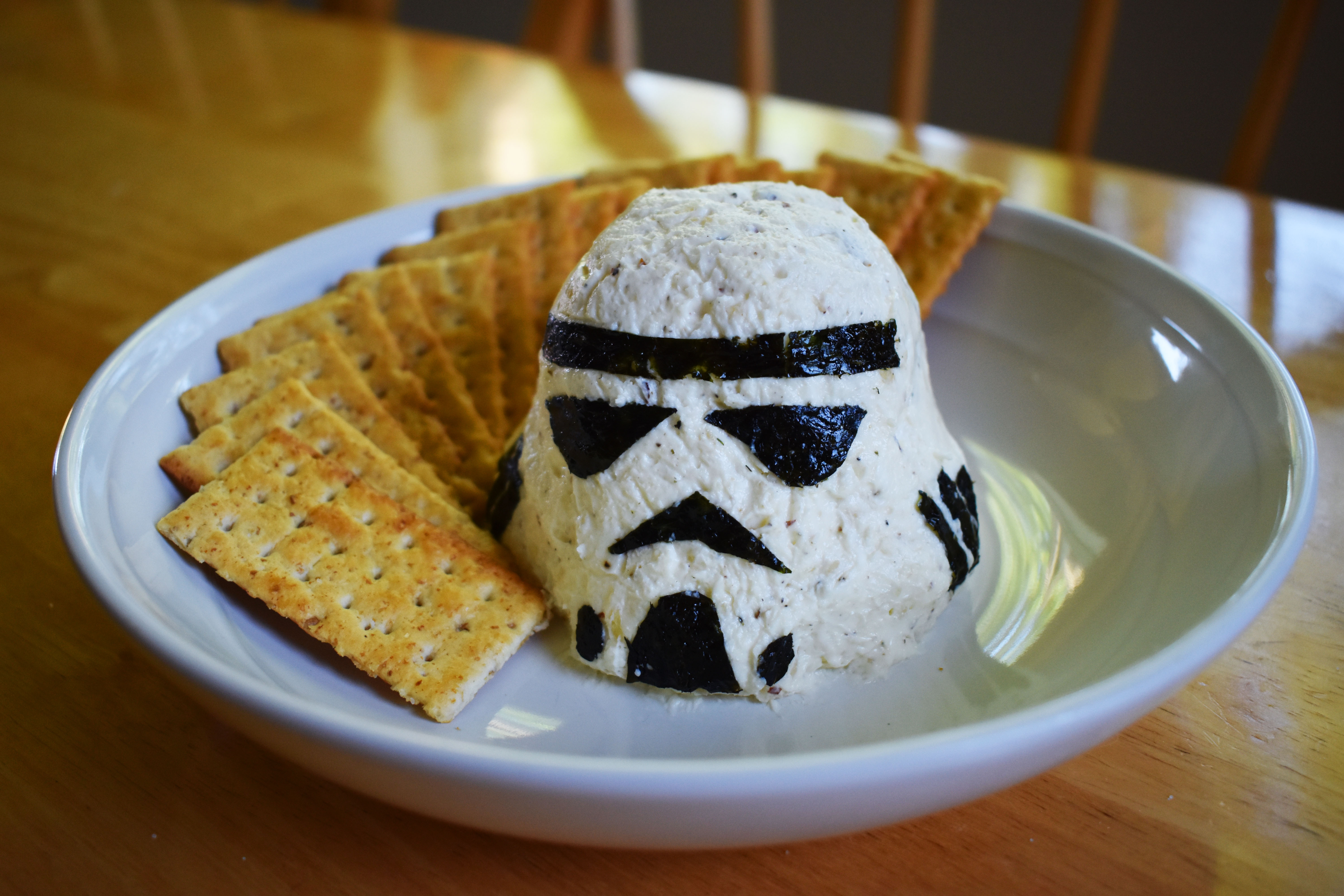April 2, 2025
Written by: Jaylin Emond-Hardin | Entertainment Editor
Content warning: This article contains mentions of violence and death and spoilers
A soundtrack is what makes or breaks a movie. It provides ambience in a scene, sets the tone and communicates the emotions that are meant to be felt when watching a movie. The best composers can make audiences cry, feel utter horror and celebrate when good inevitably triumphs —sometimes all in the same movie.
It’s in these soundtracks that composers use leitmotifs, or recurring musical themes, to symbolize characters, journeys and even betrayals. It’s in these moments that viewers can understand the deeper context behind a scene, where unspoken words and happenings become evident.
Maybe they’re not always evident on a first watch-through, but when revisiting a movie or TV show, they become more prominent and jaw-dropping.
“The Rains of Castamere” by Ramin Djawadi and Serj Tankian — “A Game of Thrones”
The episode of “A Game of Thrones” that this song is known for is perhaps one of the most shocking and bloody episodes of a show in TV history. Many of the main characters — most of whom are of House Stark — are brutally killed, with this haunting melody sung during the slaughter. The song itself speaks of the destruction of Houses Reyne and Tarbeck by Tywin Lannister, whose coat of arms is a golden lion on a red background, and is referenced in the song.
Of course, it’s revealed that it was the Lannisters who orchestrated this assassination of the Starks, bringing an end to the War of the Five Kings. “The Rains of Castamere” is foreboding in its own right, and between the combination of piano and cello at its core it gives the feeling that, no matter what, the strings will always be pulled by those who have the power.
In later seasons, the song’s melody returns, and is renamed “A Lannister Always Pays His Debts,” playing whenever a member of the House Lannister acts in a way that changes the course of the story — when Tyrion kills his father, Twyin, and former lover, Shae, and when Joffrey succumbs to poison at his wedding. It becomes a leitmotif of death and destruction, exactly what the Lannister family is known for.
“A Far Green Country” by Howard Shore — “The Lord of the Rings: The Return of the King”
This is a song that never fails to bring me to tears. It’s melancholic at its start but then swells to a peak that reminds audiences of the darkness that the characters still have yet to face. Its first appearance is late in the film when Pippin asks Gandalf about what happens after death, who then tells the Hobbit of “white shores and a far green country under a swift sunrise.” It is from this quote that the melody derives its name, and it comes to represent the hope of peace and the future they fight for. It plays when Sam and Frodo rest on the slopes of Mount Doom and Sam speaks of his lover, Rosie Cotton, and again at Aragorn’s coronation when he is crowned as the first king in centuries.
The melody plays a final time when Frodo crosses to the Grey Havens, before fading to the lyrics of “Into the West” sung by Annie Lennox, who is famously part of Eurythmics and known for “Sweet Dreams.” Lennox’s performance is nothing short of ethereal, and with “A Far Green Country” as its guiding melody, it starts melancholic and swells at the end. It is a song of longing and things that have passed, but also one of hope, showing that the things to come are still good.
“Across the Stars” by John Williams — “Star Wars: Attack of the Clones”
Williams’ love theme for “Attack of the Clones” is nothing short of breathtaking and plays whenever Anakin Skywalker and Padmé Amidala face the love they have for one another. The best part about this theme? It is almost completely made up of other leitmotifs; however, the weaving of these melodies isn’t exactly obvious. I mean, I knew that it was the recurring theme for Anakin and Padmé, but it wasn’t until my brother — who loves to remind me of how much he knows about music theory — pointed out the structure of “Across the Stars” that I started to pay attention to the story it was telling.
The first part of the melody comes from Luke’s theme, which is also the main theme of the series. While his theme starts with a rising fifth, referring to the interval of tones between two keys, “Across the Stars” starts with a falling fifth, the exact opposite of Luke’s theme.
The second part comes from Leia’s theme, where the woodwinds are what carry the melody and stand as the core of the piece. It’s soft and delicate, speaking of hope and love through the galaxy.
The bridge of “Across the Stars” is what ties it all together. The deep brass harmonies are a dark presence in the song and initially seem almost out of place. But, when compared to the “Imperial March,” they become a perfect pair. Anakin and Padmé’s theme tells their story, one that would not have been told without their children or Anakin’s turn to the Dark Side.
“Cornfield Chase” by Hans Zimmer — “Interstellar”
Hans Zimmer is perhaps the most prolific composer of the 20th and 21st centuries. Working on 159 films, from “Batman Begins” to “Spirit: Stallion of the Cimarron,” Zimmer has dipped his toes into nearly every genre of movie, but “Interstellar” proves to be his most emotional project.
The film’s main theme is introduced in “Cornfield Chase,” where the minimalistic theme repeats its piano motif, which serves as the backbone of the theme. The inclusion of strings and brass shifts the piece from introspective to exploring the epic scale of space. Its swell represents the smallness of man and the transcendence of space and dimensional travel.
This theme plays again and again in the moments of space travel and as Cooper, the film’s main character, interacts with his daughter Murph across time and space. The emotional impact of the theme is clear in each scene it plays in, shifting the movie from science fiction that warns mankind of its folly to one where mankind has hope for the future and survival.
Contact the author at howlentertainment@wou.edu





